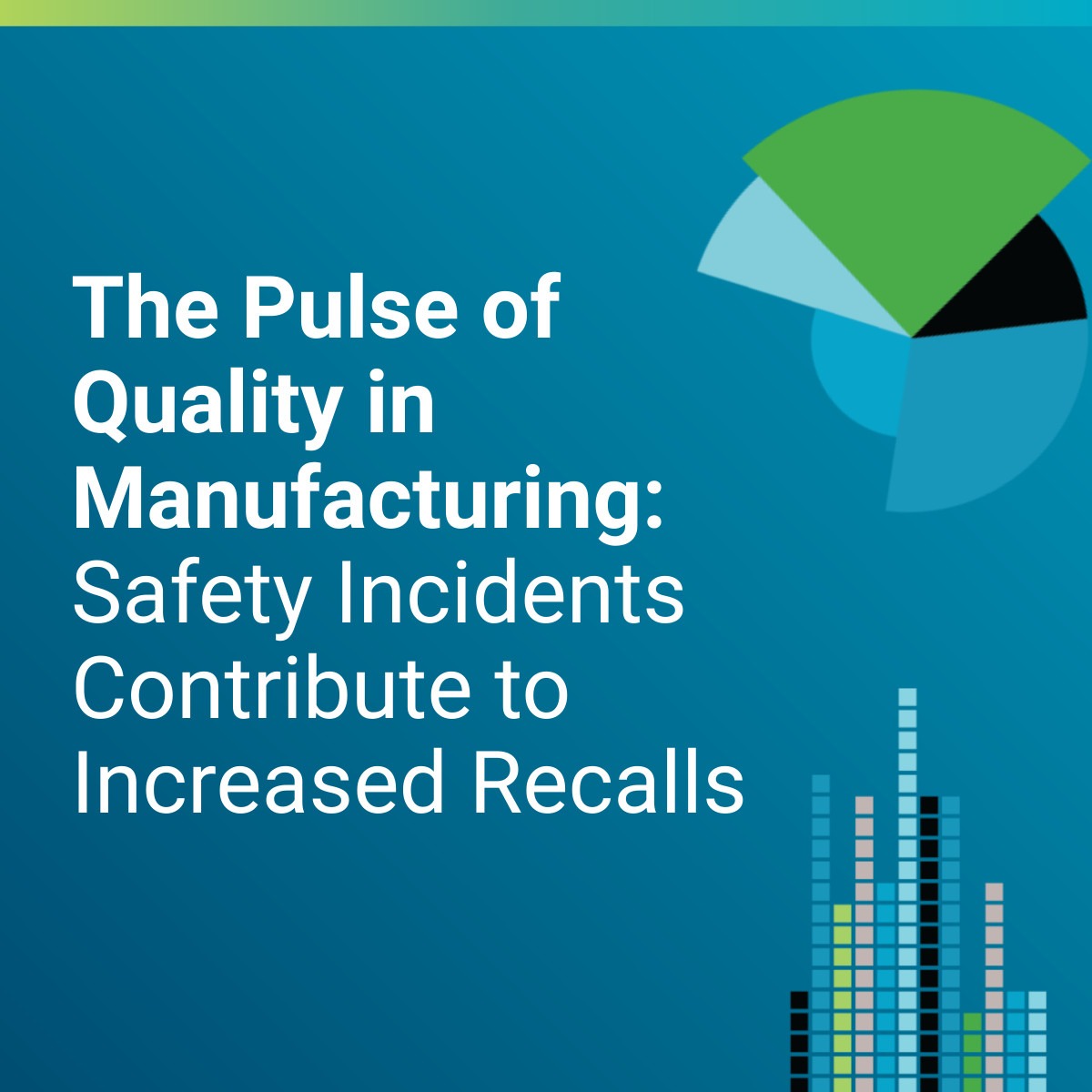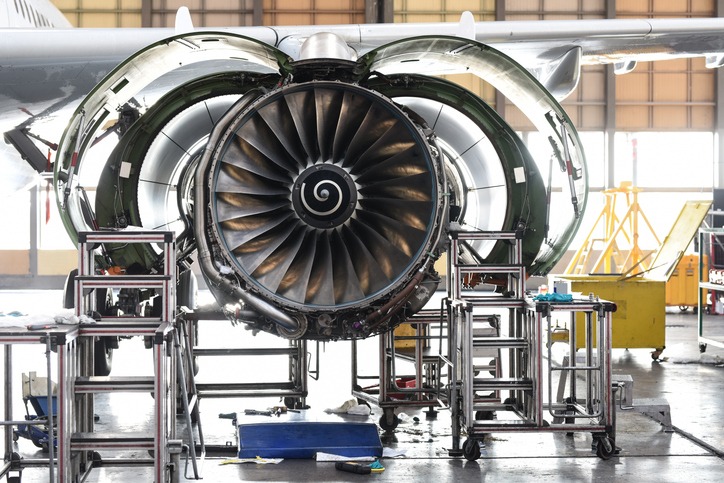Current Good Manufacturing Practices (cGMP) guidelines set forth essential standards for manufacturing processes. Following these guidelines helps ensure product quality and safety while boosting compliance within regulated industries.
What is cGMP?
cGMP is a set of regulations enforced by the Food and Drug Administration (FDA). Concerned about the safety and quality of pharmaceutical products, people pushed for regulations to ensure their proper control. These regulations established requirements for thorough product definition, validation, documentation, and review.
cGMPs first appeared in the Code of Federal Regulations (CFRs) — a set of regulations for pharmaceutical products. The FDA published them in 1963. The first World Health Organization (WHO) draft text of cGMPs was released in 1968.
Over the years, cGMPs have been continually amended to stay current with technological advancements and best practices. For instance, in 1996, they were revised ‘to allow manufacturers to adopt technological advances.’ More recently, in 2015, they were further modernized to include updated requirements for hazard analysis and risk-based preventive controls.
Objective of cGMP
cGMP plays a vital role in ensuring product quality and safety. There are several key goals and objectives of implementing cGMPs in an organization, including:
Enforcing quality standards
cGMP establishes strict quality standards and specifications, minimizing the risk of defects and contamination for customers.
Increasing risk management
cGMP identifies potential product quality and safety issues so organizations can mitigate them before they affect customers.
Improving record keeping
Detailed and comprehensive documentation is a requirement of cGMP, as it enables traceability and accountability. This is helpful for audits. It also makes it easier for employees to identify potential issues and implement corrective actions if something goes wrong.
Training staff
Staff members must receive adequate training to understand the importance of quality control. This training reduces the number of errors. It also helps foster an environment where your employees truly care about the quality of their work.
Benefits of cGMP
Implementing cGMP offers many benefits for organizations across many industries. Three key benefits are highlighted below:
Ensuring product consistency and reliability
cGMP ensures product consistency and reliability across every step of the manufacturing quality management process. One of the key ways it achieves this is by mandating the implementation of standard operating procedures (SOPs). These SOPs help workers carry out routine operations. It also requires manufacturers to implement rigorous quality control measures to ensure that products meet expectations.
Enhancing consumer safety and trust
cGMP mandates comprehensive documentation of manufacturing processes. It provides a set of procedures for handling deviations and corrective actions. Additionally, it emphasizes rigorous testing across different stages of production to improve product quality. This testing helps ensure compliance with regulatory standards. It also prevents the production of unsafe or defective products, which builds consumer safety and trust.
Regulatory compliance and avoiding legal issues
Regulatory agencies such as the FDA typically mandate cGMP as a legal requirement. Compliant organizations are more likely to pass regulatory inspections. Organizations failing to meet regulations are more likely to fail regulations as a result of major findings or violations. In some cases, failing to comply may lead to legal consequences.
cGMP Guidelines
Given that cGMP guidelines are industry-specific, they differ significantly based on where they are applied. These technologies have far-reaching potential. They extend beyond healthcare, finding uses in cosmetics, the food industry, and even everyday supplements.
cGMP sets standards for various aspects of a product’s lifecycle, from the facilities and materials used to make it to how it’s produced, packaged, and labeled. It also ensures proper training and hygiene practices for personnel and a system for documenting and addressing any complaints.
The FDA conducts inspections to ensure companies comply with these regulations. If they identify violations, they may trigger product recalls. This can reduce profitability and cause severe damage to the organization’s reputation.
Differences between cGMP and GMP
Good Manufacturing Practices (GMP) are guidelines that outline a quality baseline for the drug manufacturing process. It’s the minimum requirement for product manufacturing and requires following the required industry standards. It focuses on helping manufacturers establish quality and accuracy by providing them with a defined set of principles to follow.
cGMP is a more advanced, up-to-date version that defines best practices updated according to the latest technology. Focusing on continuous improvement allows organizations to comply with the most current regulations. It typically requires more testing than standard GMP, which makes it more expensive.
While there are some practical differences, quality is at the core of both cGMP and GMP.
cGMP Requirements
Specific cGMP requirements vary by industry. For instance, 21 CFR Part 314 is required for FDA approval to market a new drug, in the pharmaceutical industry. Meanwhile, 21 CFR Part 211 is the cGMP for finished pharmaceuticals.
The U.S. Food and Drug Administration (FDA) established comprehensive regulations in 21 CFR Part 117 for all food manufacturers, processors, packers, and holders. These regulations focus on two key areas: risk-based preventive controls for human food (PCHF) and hazard analysis.
Regulations and standards evolve rapidly, creating challenges for organizations looking to stay current with requirements. Intricately linked supply chains pose growing challenges for businesses trying to pinpoint quality problems in raw materials and components. High staff turnover and insufficient training leave some organizations struggling to adhere to cGMP regulations.
To reduce the impact of these issues, organizations must ensure that leadership has a strong commitment to cGMP compliance. It’s also essential that the importance of cGMP compliance is communicated throughout the rest of the organization.
In addition, documentation should be stored electronically and backed up securely. It should also be regularly audited to ensure its accuracy.
Finally, management should implement continuous monitoring processes and internal audits. They should use key performance indicators (KPIs) to ensure compliance and make improvements where necessary.
One of the most effective ways for organizations to comply with cGMPs is to use a quality management system (QMS). It’s designed to centralize customer feedback, documentation, risk analysis, training, and audits to meet regulations and customer expectations.
The Role of cGMP in the Manufacturing Process
cGMP has a crucial role in manufacturing — it improves product safety, increases regulatory compliance, and facilitates traceability throughout the process.
In the coming years, technological advancements and industry changes will significantly impact. There will be an increased emphasis on patient-centric approaches, sustainability, and globalization. These factors will likely result in the role of cGMP evolving even further.


